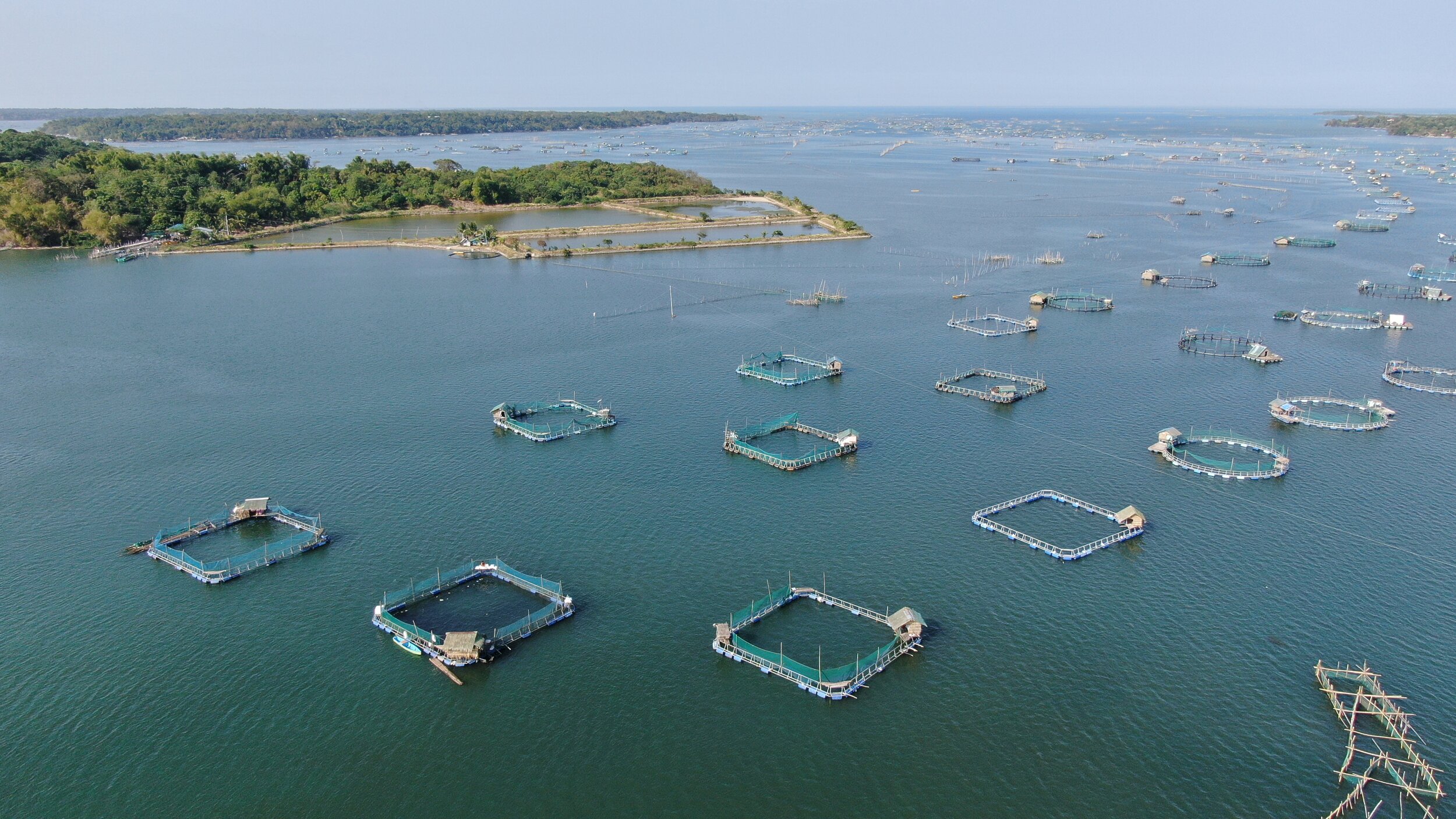MEDIATE-HABs
“ Atmospheric deposition represents a pathway for introduction of macronutrients and trace metals, a route of growth factors that remains largely overlooked. They may contribute to the occurrence and biotoxin formation of harmful algal blooms. “
The “Trace metals and nutrients from aerosol deposition: Impacts on community structure and occurrence of harmful algal blooms project” or the Mediate-HABs project came through with funding from the DOST Manila Economic and Cultural Office (MECO)-Taipei Economic and Cultural Office (TECO) Joint Research Initiative.
The project aims to quantify the macronutrient, micronutrient and trace metal contribution from aerosol deposition on the phytoplankton community structure and succession.
The project is led by Dr. Irene B. Rodriguez and with Paolo Calalang as the research associate. This work is also in cooperation with the Research Center for Environmental Changes, Academia Sinica in Taipei, Taiwan. The project is funded by the Department of Science and Technology of the Philippines.
Objectives of the Project
Specific Aim 1: To quantify the macronutrient contribution from aerosol deposition on phytoplankton community structure and succession;
Specific Aim 2: To determine trace metal concentrations contributed by aerosol deposition and investigate its influence on occurrence of harmful algal blooms; and
Specific Aim 3: To investigate the influence of interactive effects of macronutrient, trace metal availability, and other physical factors on growth and persistence of Alexandrium and Pyrodinium blooms.

Ongoing Works
Having recently acquired a high volume aerosol collector, the lab is eager to conduct preliminary studies on aerosol deposition around the Bolinao-Anda Reef Complex (BARC), which would further explain micronutrient, macronutrient, and trace metal compositions of such sites in relation to the enrichment from nearby fish farms. Eventually, we will also investigate aerosol deposition in Cancabato Bay, Tacloban City.




